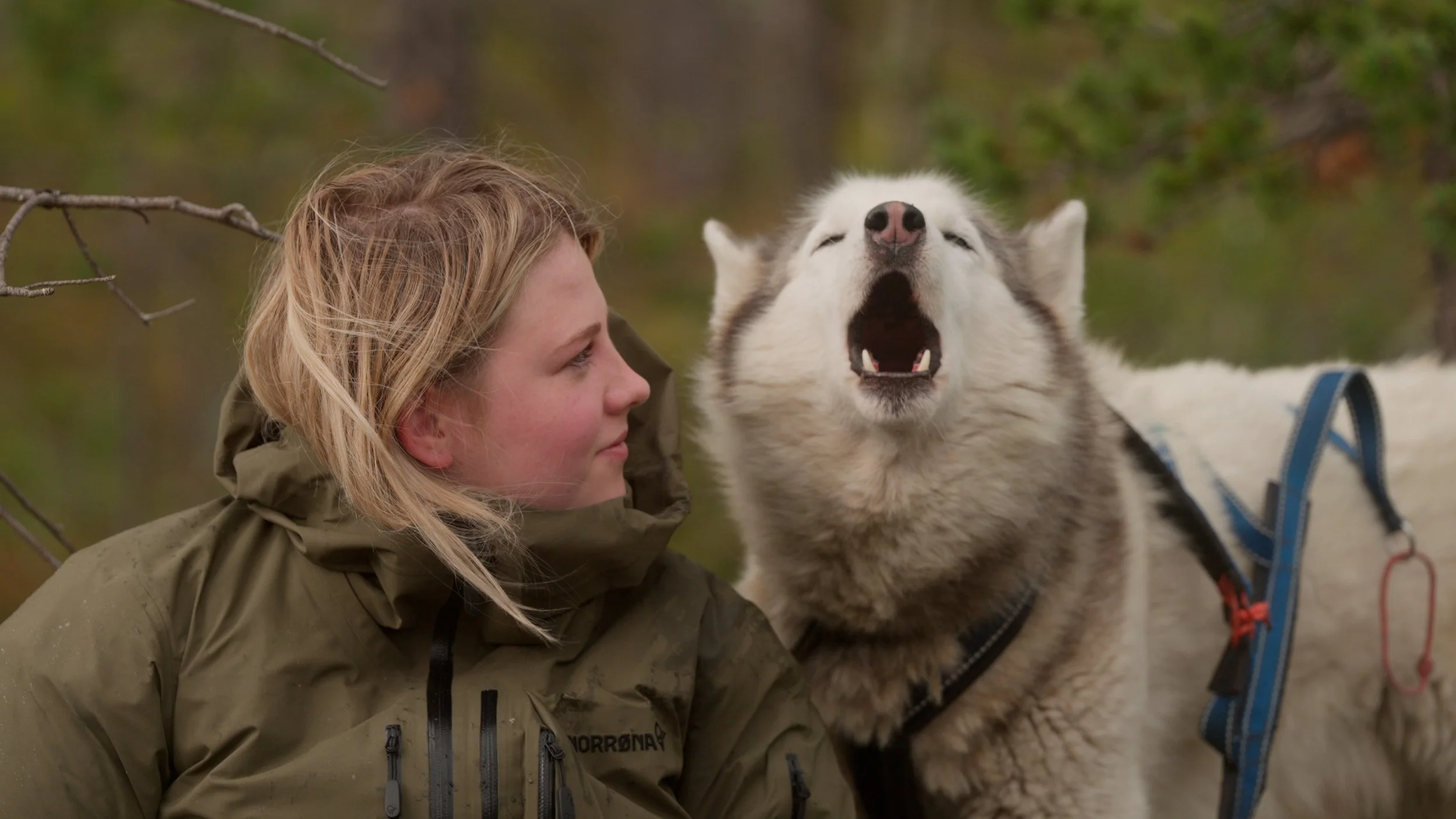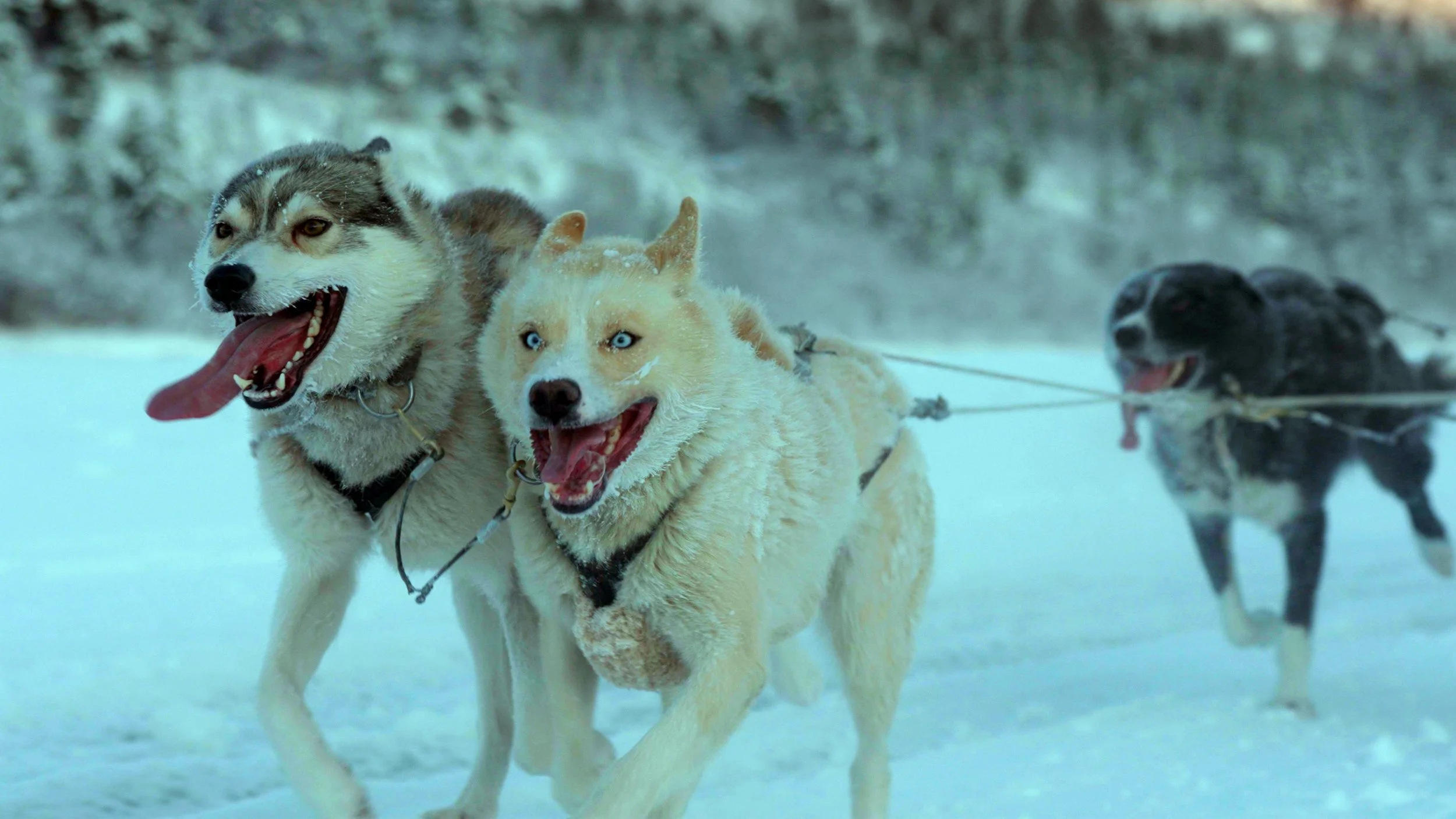‘Folktales’ Review
There’s always been a disconnect between what is taught within a classroom and what life throws your way after graduating high school. Where a textbook can provide a gateway to further learning towards a career, or even serve as a foundation for young adults to navigate systems and infrastructure in their day-to-day lives, a school’s setting and rigid structure continue well into adulthood. The walls remain, but instead of being funnelled from school to home, you’re left to survive on your own in a fast-paced society that only has time to teach you what you need to work and not what you need to survive. For reasons such as this, schools like the folk high school in Heidi Ewing and Rachel Grady’s Folktales seem like refreshing supplements to a sturdy education. Taught to survive in the Arctic wilderness, teenagers deepen their sense of self and regain independence through camaraderie and resilience against the elements in Ewing and Grady’s delightful and patient documentary about what it means to truly be a part of the world.
There’s a lot of media that contends with the notion that what has been lost in our society is an awareness and respect for the natural world. Even just the ability to slow down and “smell the roses” can feel impossible unless a conscious effort is made to do so. Perhaps it’s the immediate turnover from high school to university or the workforce that creates this urgency in our every action, or maybe it’s the commodification of time that has us struggling to relax. You can see it in some of the individuals who attend Pasvik Folk High School in Norway, as presented in Folktales. This anxiety creeps up in the film’s young subjects when the training wheels are taken off or too much freedom is provided in a given situation. It’s understandable, of course; imagine graduating high school and then being given a dog to take care of immediately before being thrown into the Arctic wilderness to fend for yourself. Of course, there are safeguards in place at this particular folk high school—the students are not completely alone or abandoned, but are isolated from each other—but the idea of stepping out of high school and then being expected to survive without electricity and community is terrifying.
Ewing and Grady focus their documentary on three individuals, each with their own emotional baggage that led them to Pasvik Folk High School. Hege’s father’s death looms heavy over her every decision. Bjørn Tore feels like his outward personality has prevented him from forming meaningful friendships. Then there’s Romain, who may be the most relatable character for many introverted teenagers and young adults, as he cannot stop putting himself down or believing that his anxiety turns every situation into a minefield of awkwardness. Again, these are people who have been provided the tools given by a traditional education. However, they’re missing something crucial that isn’t offered within the walls of a classroom. The tuition-free, gradeless education provided by a folk high school is an opportunity for the youth to find something deep within themselves that might make it easier to navigate life’s many obstacles.
Wrapped up in narration about the tale of Odin and his confrontation with the Norns (weavers of Fate) that tend to the tree of life, Folktales frequently reminds the audience that many of humanity's woes are not recent developments. The difference is that technology and a constantly moving world have removed the need (and desire) to interrogate emotional struggles, if it means slowing down. The film opens with the bright buzzing energy of the city at night before never returning to it again. As a type of school that began in the 1840s for rural communities, folk high schools bring a sense of history, permanence, and tradition into modern society. This idea that what we’re capable of doing now is no different than what our ancestors did in the past isn’t new, but to see it laid out under the night sky within snow-covered forests and steeped in traditional folklore and stories makes it far more palpable.
There’s also the technical presentation of the film that leads to an immersive experience and a greater sense of what is being sought after. Gorgeous nighttime photography from Tor Edvin Eliassen reminds us cityfolk that the sky is radiant once you step away from the light pollution. The same can be said about the silence felt throughout the students’ expeditions into the wilderness. Ewing and Grady commit to keeping the audience in the same contemplative headspace as the film’s subjects. It results in a tranquil movie where it’s not just about watching people endure the elements, but also feeling that same sense of isolation and peace. The distant howl of a wolf or the overwhelming crackle of wood burning to keep someone warm provide Folktales with a sense of place that many other documentaries would undercut with a score. There is music throughout the film, but it’s used sparingly.
Folktales is a constant reminder that the sensory overload we experience every day may not be as difficult to turn off as it seems. The relationship many of the students form with the sled dogs is indicative of seemingly minor actions leading to a greater sense of self. For example, shy dogs being paired with shy students can help illuminate a part of yourself that may not be clear simply by taking care of their needs and observing their behaviour. What it truly means to be human can’t be discerned from reading a textbook; it requires experience, communication, and community. However, what Folktales makes clearer than anything is that it requires an effort to be made. As the students of Pasvik burrow deeper into the elements, they are making a conscious effort to discover themselves and find something they believe is in there. Somewhere. Ewing and Grady’s documentary is a beautiful ode to what humans have always been capable of and a stark reminder of what is being lost as society becomes increasingly dependent on technology and less


